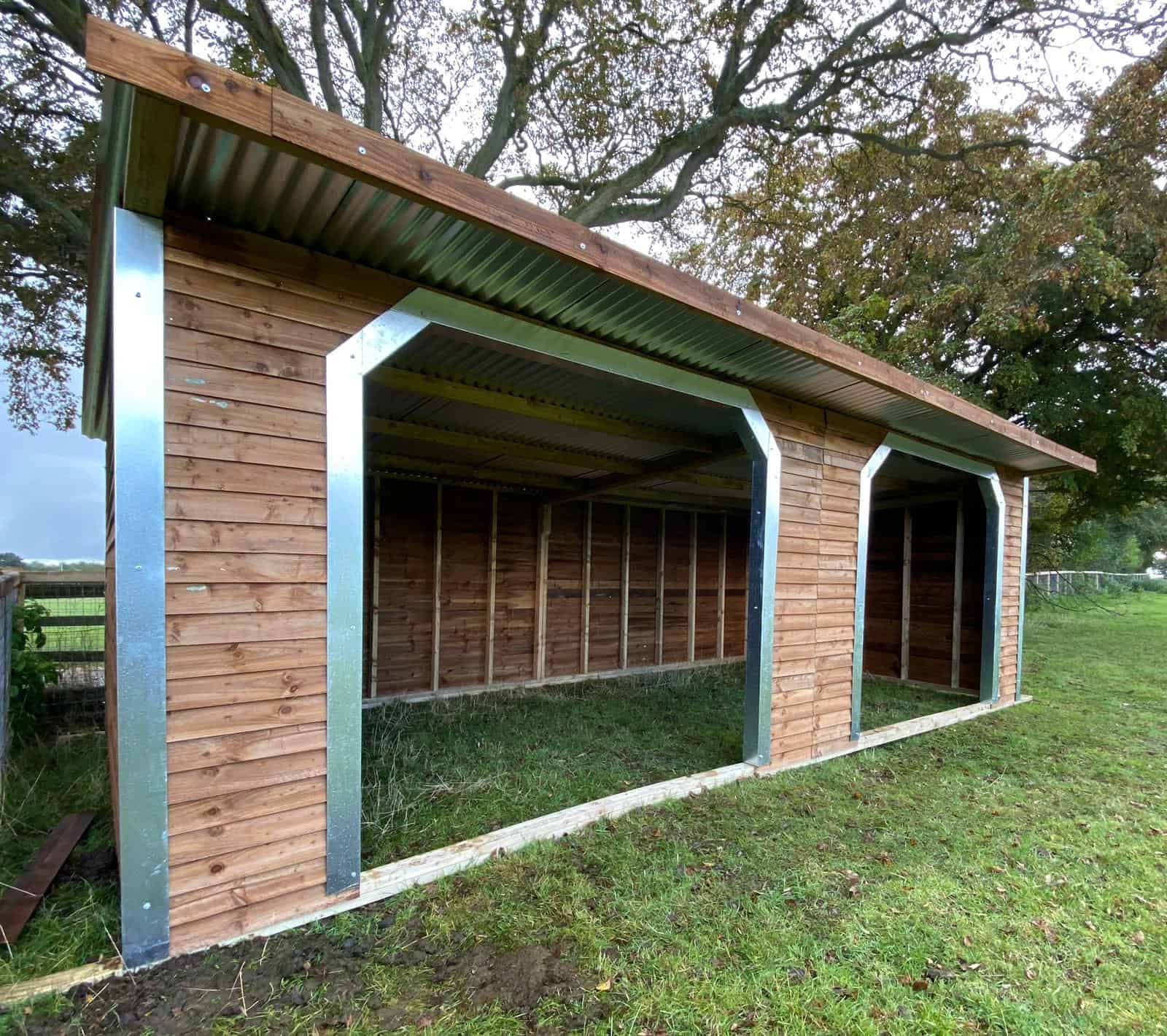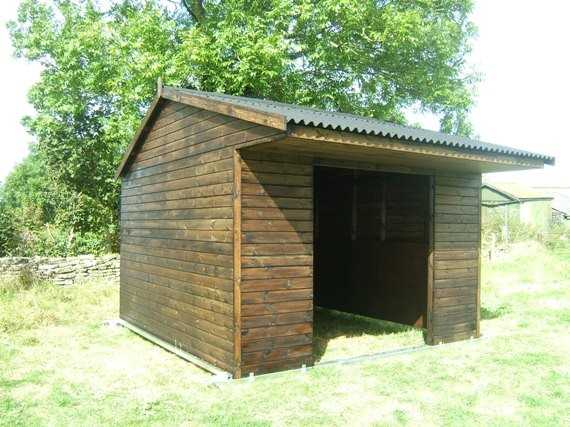
Introduction
A horse shelter is an essential structure for providing horses with protection from the elements and ensuring their well-being. Whether it's a small family farm or a professional equestrian facility, a well-designed horse shelter is crucial for the health and safety of these majestic animals. This article will guide you through the key aspects of creating a safe and comfortable horse shelter.
Choosing the Location
The location of the horse shelter plays a vital role in ensuring the horses' comfort and safety. It should be situated in an area that provides adequate drainage and easy access for both horses and caretakers. The shelter should be strategically placed to offer protection from prevailing winds and harsh weather conditions.

Design and Construction
The design and construction of the horse shelter should prioritize durability, functionality, and horse-friendly features. The structure should be sturdy enough to withstand extreme weather conditions and the horses' natural behaviors. Consider using high-quality materials that are easy to clean and maintain.

Size and Layout
When determining the size of the horse shelter, consider the number of horses it will accommodate. Each horse should have enough space to lie down, stand, and move around comfortably. The layout should promote efficient workflow for feeding, grooming, and overall horse care.

Ventilation and Lighting
Proper ventilation is essential to maintain fresh air circulation and prevent the buildup of harmful fumes or mold. Incorporate windows, vents, or skylights into the design of the horse shelter to ensure adequate airflow. Additionally, natural lighting can significantly improve the horses' well-being, so consider utilizing windows or translucent roofing materials.

Stall Design
The stalls within the horse shelter should be well-designed and spacious enough to allow horses to lie down comfortably. Use sturdy and safe materials for the stall walls, ensuring they are tall enough to prevent horses from jumping out. Install appropriate bedding and consider adding feeders and waterers within each stall.

Flooring
The flooring of the horse shelter should be non-slip and easy to clean. Avoid concrete flooring, as it can be hard on horses' joints. Options such as rubber mats or packed dirt with appropriate drainage are more suitable, providing comfort and minimizing the risk of injuries.

Roof and Overhangs
The roof of the horse shelter should be sturdy, waterproof, and designed to handle heavy snow loads. Consider a steep pitch to allow for proper water runoff. Overhangs are beneficial as they provide additional protection from rain and sunlight while allowing horses to enjoy the outdoors.

Fencing and Gates
Proper fencing and gates around the horse shelter are essential for the safety and security of the horses. Choose fencing materials that are durable, visible, and have no sharp edges to prevent injuries. Ensure the gates are wide enough for equipment access and emergency situations.

Protecting against Pests
Pests such as flies and rodents can be a nuisance and pose health risks to horses. Implement measures to control and prevent these pests, such as using fly traps, keeping the area clean and free of debris, and storing feed properly. Regular inspections and maintenance will help identify and address any pest-related issues promptly.

Fire Safety
Fire safety is a crucial consideration when designing a horse shelter. Install smoke detectors and fire extinguishers in easily accessible locations. Implement a clear evacuation plan and ensure all staff members are trained on fire safety protocols. Regularly inspect electrical wiring and equipment for any potential fire hazards.

Maintaining Hygiene
Maintaining proper hygiene within the horse shelter is essential for the horses' health. Regularly clean and disinfect stalls, remove manure, and replace bedding as needed. Provide clean and fresh water, and ensure feed storage areas are kept tidy to prevent contamination and attract pests.

Conclusion
A well-designed horse shelter is crucial for the comfort, safety, and overall well-being of horses. By considering factors such as location, design, ventilation, flooring, and fire safety, you can create a horse shelter that provides the utmost care and protection for these amazing animals. Remember to regularly maintain and inspect the shelter to ensure it continues to meet the horses' needs.